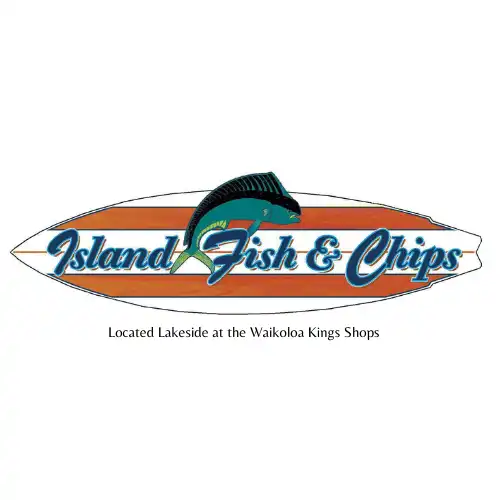Aunty Edith’s life celebrated with mural, U.S. quarter and shared stories at UH Hilo

The life and legacy of the late cultural icon Edith Ke’kuhikuhiipu’uoneonaali’iokohala Kenao Kanakaʻole was celebrated Saturday on the Big Island with a mural, a U.S. quarter and lots of shared memories of dancing, culture, relationships and connections.
The celebration was held at the University of Hawai’i at Hilo, where the Honomū native, known lovingly as Aunty Edith, taught from 1974 to 1979. She created courses and seminars on Hawaiian language, ethnobotany, Polynesian history geneology and Hawaiian chant and mythology.
Kanakaʻole died nearly 44 years ago, at age 65 on Oct. 3, 1979, but she is still beloved for bringing Hawaiian culture, not only as an educator but also as a kumu hula and composer, to the masses.

Now, Kanakaʻole also will be forever part of U.S. history with her very own coin created by the United States Mint, which designs and issues five quarters per year to honor American women whose achievements, triumphs and legacies reflect the strength and resilience of the nation.
For the 2023 Women Quarters, Aunty Edith was chosen along with Bessie Coleman (first African American and first Native American woman pilot), Eleanor Roosevelt (former First Lady, diplomat and civil rights activist), Jovita Idar (Mexican-American journalist, activist and suffragist) and Maria Tallchief (American’s first major prima ballerina who broker barriers as a Native American).
The coin shows Aunty Edith with her hair and lei poʻo (head lei) morphing into the elements of a Hawaiian landscape, symbolizing her life’s work of preserving the natural land and traditional Hawaiian culture. The commemorative quarter also bears an inscription in ʻōlelo Hawaiʻi, “e hō mai ka ʻike” or “granting the wisdom.” The phrase comes from a well-known oli (chant) Kanakaʻole composed that asks for knowledge to be bestowed upon the chanter.
At the celebration, there was a welcoming oli and speeches from representatives from the local and state government, as well as the university, and hoʻokupu, or gifts or offerings.
There also was the unveiling of a large mural of Aunty Edith that was created by artist Kamea Hadar. He collaborated the design with Kūhaʻo Zane, Kanakaʻoleʻs grandson and creative director at Sig Zane Designs. The mural is on the Hall named after Edith Kanakaʻole at UH Hilo.
Following the presentations, a large crowd of attendees walked around the Edith Kanakaʻole Hall to see several displays in surrounding classrooms with people talking stories, sharing culture and memories, dancing, music and food. There were rooms where Edith’s voice and videos were looped.

Hula dancer Sharry Kalua recalled going on trips with Aunty Edith to the island of Molokaʻi.
“She always wore a mumu, ya,” she said with a laugh. “And she’d go in the water and check out the lobster. She’d go in and grab the lobster inside her mumu and shake it and yell, ‘Hey! Someone needs to grab this!’”
She also remembered her kind heart: “If it was a bad situation, she always knew how to make it better.”
Aunty Edith began composing oli, or Hawaiian chants in 1946. She founded a hālau called Halau o Kekuhi in 1953, and trained her daughters Nalani and Pualani to eventually take over the hālau.
She is known for her distinct style of hula derived from the traditions in Hilo, in which dancers perform with deeply bent knees and make dynamic movements. In the 1950s, she toured the United States, Canada and Asia with the hula group and helped to develop the first Hawaiian language program for public school students at the Keaukaha School in Hilo. She also worked as a teacher at Hawai’i Community College in the 1970’s.
Kanakaʻole’s granddaughter, Kekuhi Kealiikanakaole, said one of her favorite childhood memories came when she was 8 years old and her grandmother woke up her and a dozen of her family members around 4:30 a.m. to go to the ocean.
“She said, ‘Let’s go holoholo’,” Kealiikanakaole recalled. “We didn’t want to go anywhere. It was before sunrise and there were still stars in the sky. Six of us got up and everyone else slept. We found her across the street and there was a beach that we were allowed to go to by ourselves. We got to the beach, and she would chant to the ocean.
“We were used to that. That was just something she did all the time. It was this one time though she did that and there was an answer — the breeze came and in that moment I knew she was talking and she connected to that element. And as a little girl, I wanted that kind of magic.”
It was that relationship her grandmother had with her surroundings that she shared with the world.

She said her grandmother shared their culture and her core philosophy of treating nature as their family with the outside world in order to teach others about how to have a relationship and connection with the world around them.
“As long as we are here, our family, our Hawai’i community, it’s all of our kuleana [responsibility] to know who we are in this landscape,” she said.
Another friend of the family, Lynette Napeahi Auna, was sitting in a room nearby sharing memories she had of Aunty Edith as part of the Mormon Church. Old pictures hung on the wall with personal anecdotes next to them. Auna described her closeness with Aunty Edith and Uncle Luka, her husband.
“They taught us the importance of work,” she said. “We learned how to clean the luau and ti leaves and clean kalo from them. And uncle Luka made the best kūlolo.”
Also in attendance were local fans, such as Steven Stein, a local coin collector and part of the Big Island Coin Club that has been in existence for 50 years. He said it was “wonderful news” to hear Aunty Edith was chosen to be on the coin.
“It’s about time,” he said. “She’s an instrumental person of Hawaiian descent.”
Sponsored Content
Comments








